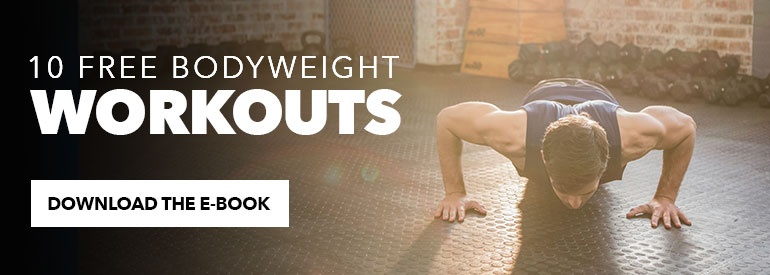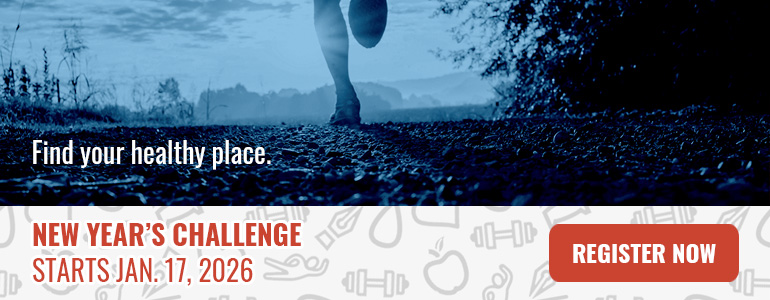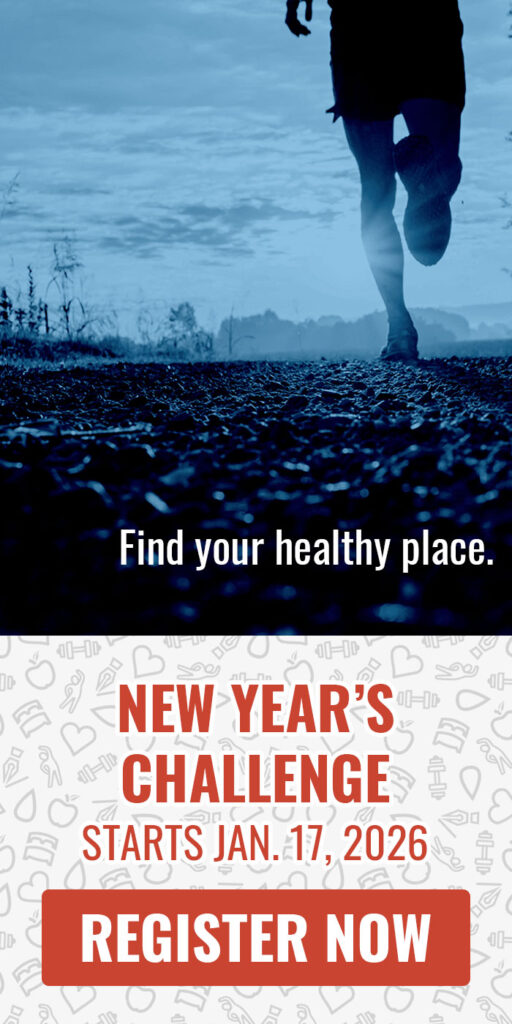 Reading Time: 5 minutes
Reading Time: 5 minutesYou’ve probably heard all these fancy terms before: upper cross syndrome, weak posterior chain, tight hip flexors, and anterior pelvic tilt. What do they all mean?
Boiling it down to the simplest of terms, a professional is informing you the front of your body is tight as well as stronger than the backside of your body.
Multiple factors contribute to these postural conditions: sitting and typing for hours on end, driving and gripping the steering wheel, a lax core. And then to top that off, many of us are guilty of going to the gym and training only the muscles we can see in the mirror, forgetting about all of those who will admire us from the rear.
But taking ten minutes every couple of days to address our posterior chain will reduce our risk for back pain and injury related to physical imbalance.
With that in mind, I’m going to a quick ten-minute sequence you can do with a moderate-weight kettlebell.
For those of you who are more experienced, feel free to dive right into this workout. If some of these exercises are unfamiliar to you, then scroll down below the workout for the important details on each exercise (including tips on how to do each one right and how to breathe).
Your 10-Minute Posterior Chain Workout
3 Rounds:
- 6 Single-leg Glute bridges (3 each side)
- 6 X Bird Dogs each side (3 each side)
- 6 Single-leg Kettlebell Deadlifts (3 each side)
- 6 Russian Kettlebell Swings
- 6 Kettlebell Rows (3 each side)
- 6 Front Rack Kettlebell Reverse Lunges (3 each side)
- 6 Suitcase Deadlifts (3 each side)
- 6 High Row Kettlebell Swings
Single-leg Glute Bridges
- Target: Gluteus maximus, hamstrings, rectus abdominus, erector spinae
- Motion: Hip extension
- Tips: Put more weight in the heel of the foot. Keep lifted leg parallel with grounded leg. Lift up to neutral spine and lower.
- Breath: Exhale as you lift.
X Bird Dogs
- Target: Gluteus maximus, multifidus, serratus anterior, quadratus lumborum, anterior deltoid
- Motion: Hip extension, hip abduction; shoulder extension, shoulder abduction; core stabilization
- Tips: From tabletop position, lightly pull the belly button toward the spine. Lift the right arm to right front corner of the room with thumb to ceiling as the left leg lifts to rear left corner of the room. Work to keep hips level. Gaze remains toward the floor.
- Breath: Exhale as you lift.
Single-leg Kettlebell Deadlifts
- Target: Hamstrings, gluteus maximus, external hip rotators
- Motion: Hip extension, hip stabilization, lower back stabilization; anti-rotation
- Tips: Plant right foot on the floor. Pick up kettlebell with left hand. Hinge from the hip as left toes flex and left leg lifts straight back. Work to keep the hips square to the floor as you hinge forward, and square to the wall in front of you as you stand. Note if one side is particularly more difficult than the other and consider adding reps on that side.
- Modifications: Use no weight and tap the floor and/or bend back leg.
- Breath: Exhale as you stand.
Russian Kettlebell Swings
- Target: Gluteus maximus, hamstrings, trapezius, core, quadriceps, calves
- Motion: Hip extension, hip power, knee extension, ankle extension
- Tips: The kettlebell swing is a butt-driven motion. The swing starts with a half squat as the kettlebell comes down between the thighs. The butt then squeezes forward, extending the hips, popping the kettlebell up to shoulder height. The kettlebell handle should be straight at the top of the swing. The core controls the downward motion.
- Breath: Exhale as the kettlebell comes up in the swing.
- Modifications: If these are not for you, switch them out for a goblet squat holding the kettlebell in front of you by the horns as you squat down.
Kettlebell Rows
- Target: Lats, rhomboids, rear deltoids, traps
- Motion: Shoulder blade adduction and protraction
- Tips: Standing in a long lunge with the right foot forward. Lift the kettlebell from the ground, drawing the shoulder blade center and down the back. For an extra challenge keep the right arm in an airplane positions.
- Breath: Exhale as the elbow comes up.
- Modifications: Support your core more by resting forearm of non-working side on front leg.
Front Rack Kettlebell Reverse Lunges
- Target: Hamstrings, gluteus maximus, hip stabilizers, calves
- Motion: Hip extension, knee extension, core contraction and balance
- Tips: Take the kettlebell into a front rack position on your right arm. The kettlebell should rest on the meat of your shoulder, not your forearm. Keep the elbow elevated to support the kettlebell. Step back with the right foot. Tap the knee to the ground and return to standing. Find a steady point to gaze at for balance.
- Breath: Exhale as you come to standing.
Suitcase Deadlifts
- Target: Gluteus maximus, hamstrings, quadriceps, and core
- Motion: Hip extension, knee extension, core contraction and balance; anti-rotation
- Tips: Set the kettlebell beside your right heel. Keeping your hips and shoulder square, squat down and pick up the kettlebell.
- Breath: Exhale as you stand.
High Row Kettlebell Swings
- Target: Gluteus maximus, hamstrings, trapezius, rear deltoids, rhomboids, core, quadriceps, calves
- Motion: Hip extension, hip power, knee extension, ankle extension
- Tips: The kettlebell high row swing is also a butt-driven motion. The swing starts with a half squat as the kettlebell comes down between the thighs. The butt then squeezes forward, extending the hips, popping the kettlebell up to shoulder height. As the bell reaches shoulder height, the elbows row back. The kettlebell handle should be straight at the top of the swing. Punch the kettlebell forward to begin the downward swing. The core controls the downward motion.
- Breath: Exhale as the kettlebell comes up in the swing.
- Modifications: If these are not for you, switch them out for a wide grip row in the bent over position.
Are You Ready to Train Your Posterior Chain?
If your butt is on fire and your upper back is feeling the intensity, you’re meeting the goal of training your posterior chain. As this exercise sequence gets easier, add a round or add reps to keep raising the bar. Who says you can’t get an awesome targeted workout in ten minutes?




